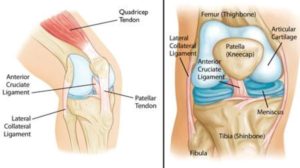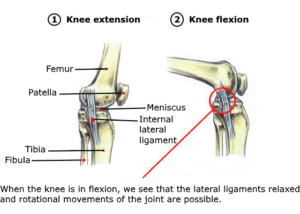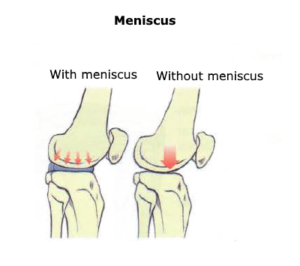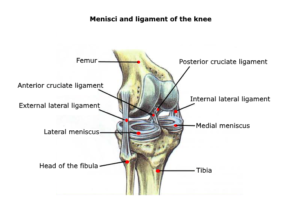I read a Frederic Delavier’s book « Strength Training Anatomy » and I learned good stuff.
When the knee extended, external and internal lateral ligaments stretched and prevent rotation of the joint. Standing on one foot, knee wedged in extension, which means that there is no need for muscle action to stabilize the joint.
When the knee flexed, external and internal lateral ligaments relaxed. In this position, the joint only stabilized by the action of the muscles.
In flexion-rotation of knee, meniscus moves forward on the side of rotation If the extension of the articulation which follow is poorly controlled, it may happen that meniscus doesn’t back in its place quickly enough. In this case, meniscus pinched between condyles and there may be a meniscal lesion. If during pinching, a small piece of meniscus has been cut, a surgical operation may be necessary to remove it.
During asymmetical exercise such as lunges (lunges and dumbbell lunges), it’s important to preserve the knee joint to control movement in speed and straightness to avoid any injuries.
Share this article if you think it can help someone you know. Thank you.
-Steph



